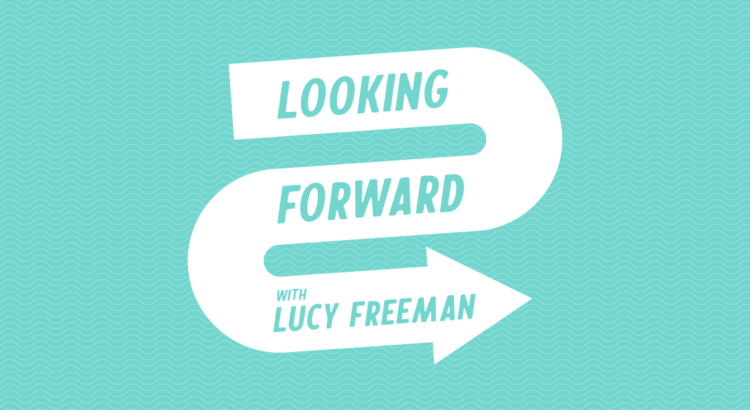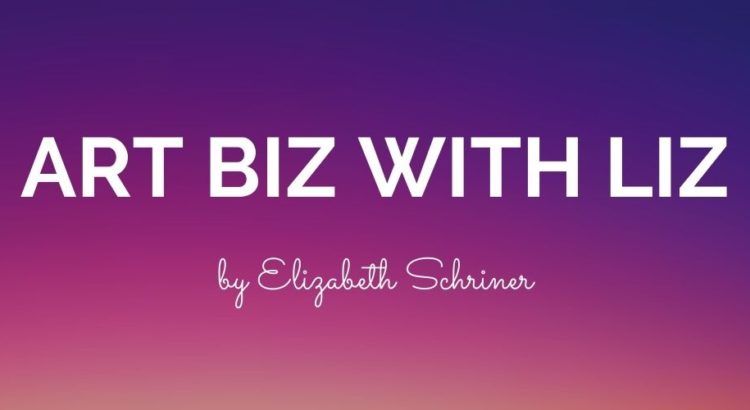Hey arts, ink readers!
 I hope exam season is treating you well and you’re finding ways for self-care in the midst of all of it. This week, I spoke with Aylin Gunal, Editor-in-Chief for Writer-to-Writer. I asked her about the publication, how the organization has adjusted to this semester, how she perceives creativity on campus this semester, and how students can get involved. It was a wonderful conversation I’m excited to share with you all!
I hope exam season is treating you well and you’re finding ways for self-care in the midst of all of it. This week, I spoke with Aylin Gunal, Editor-in-Chief for Writer-to-Writer. I asked her about the publication, how the organization has adjusted to this semester, how she perceives creativity on campus this semester, and how students can get involved. It was a wonderful conversation I’m excited to share with you all!
If you don’t already know, Writer to Writer is a student publication that began in the Minor in Writing program. The twice-yearly collection is open to students across campus and encourages multi-modal writing submissions (videos, photo essays, etc.). The organization’s staff is made up of students, many of whom are in the Minor in Writing program, though others are welcome.
Thanks to technology, not a ton has changed for Writer to Writer this semester. Aylin told me that they’ve been pretty successful adjusting their regular programming to be online, including their weekly meetings. Additionally, they’ve begun to incorporate more events like writer’s workshops, which have served as community-builders within the organization. This has been especially important, as Aylin realized how valuable the small chat before meetings and between discussions was once it was significantly reduced due to zoom. In order to address this, they’ve been incorporating more intentional community-building activities this semester, including a minor-wide book exchange for the holiday season! Although it’s not quite the same as hanging out in North Quad every week, it’s a way for writers to expand their skills and make friends during this crazy year.
When I asked Aylin how she saw creativity on campus adjusting this semester, she told me that she really missed the chance encounters that being on campus in typical semesters allows. You can walk through the Diag and see a group of students playing handmade instruments, pass the art museum and see a new exhibit, or walk by a pillar filled with fliers and learn about an acapella concert happening that weekend. Now, the information you get is much more based on following the right people or being on the right newsletters, which can limit what you’re exposed to. Hopefully, however, we find ways to bring some of these simple reminders of “normalcy” back to campus next semester.
If you’re interested in getting involved with Writer to Writer, you can submit your work to their blog or publication here. If you’re interested in being on the staff, you can email writer-to-writer@umich.edu and attend the next weekly meeting. You can also stay up to date with their activities, including a soon-to-be-announced campus-wide writing competition, by following their Facebook or Instagram pages.
That’s all from me this week! Good luck to everyone on finals and remember to take some time to take care of yourself! I’ll technically be on hiatus until classes return but keep an eye out… you may get a special post or two 🙂
-Lucy










 During my free time, there were a plethora of wonderful things to do. Campus was breathtakingly beautiful throughout the spring and summer, with flowers in full bloom
During my free time, there were a plethora of wonderful things to do. Campus was breathtakingly beautiful throughout the spring and summer, with flowers in full bloom 
 Nonetheless, it was very cool to see four independent fairs – each featuring incredible art – simultaneously occur to form one huge event. I was thoroughly impressed by the quality, beauty, and diversity of all of the art being presented. Live music, interesting food, and good friends contributed to a positive experience.
Nonetheless, it was very cool to see four independent fairs – each featuring incredible art – simultaneously occur to form one huge event. I was thoroughly impressed by the quality, beauty, and diversity of all of the art being presented. Live music, interesting food, and good friends contributed to a positive experience.